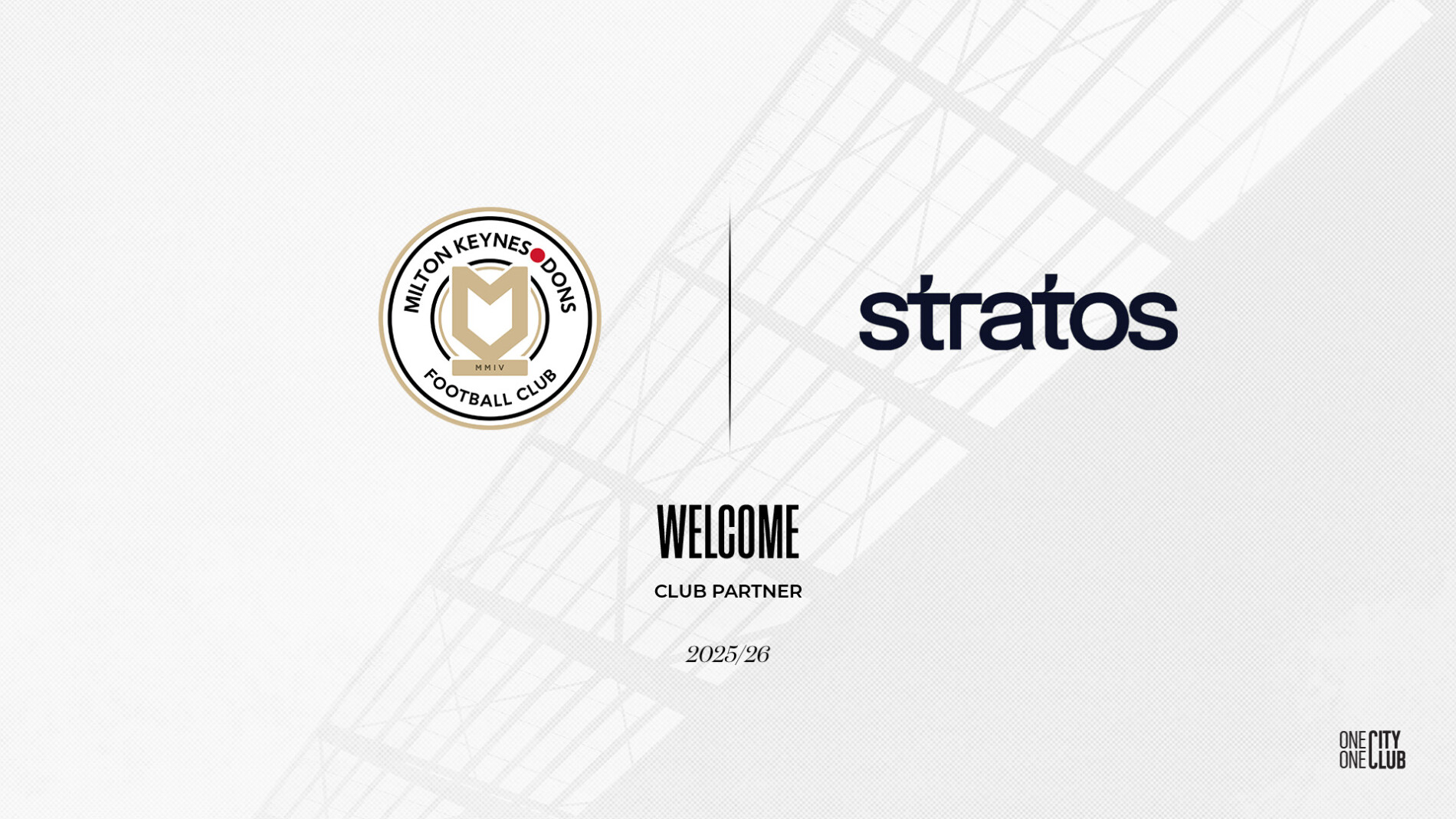If you’re yet to establish your brand’s tone of voice, or want to revamp your existing one, this blog will help guide you through the process of creating a tone of voice from scratch. Let’s get into it!
Your brand, without a voice, simply cannot thrive. Your visual identity is what attracts attention and enforces recognition, but without a voice, how can you connect with, educate, entertain, and inform your audiences?
What is ‘Tone of Voice’?
Your tone of voice is how you deliver your brand’s personality through language. It’s the style and characteristics associated with your communication – something that should become easily identifiable and consistent as your business grows. Can your customers recognise you without your visual identity? With an established tone of voice this will become easier in time. But a tone of voice goes beyond language and style. It’s an integral part of your brand strategy. It should embody your company’s values, carry emotions and become aligned with how you want to be perceived by your customers.
Your tone of voice can be used through marketing devices such as social media, emails and campaigns or other communication tools such as TV and digital ads, blogs, or your website. This will inform the choice of language, punctuation, cadence, emotion and style in which you write and communicate. A tone of voice is usually defined by a set of guidelines that are cascaded across the whole company, but particularly followed by those in marketing and sales departments.
Do you speak in short sentences, or do you prefer to take your readers on a storytelling journey? Do you indulge readers with the details or keep things colloquial and fun? Do you want to portray innovation and power, or serenity and honesty? To define your company’s tone of voice, there are a few things to consider:
What are your company’s values?
Every company has values. If you’re not sure what they are, refer back to your mission statement. And if you’re yet to create a mission statement, think about why you do what you do. What have you set out to achieve through your service, brand or product? What problems are you trying to solve and how do you see your brand making real change in the world? Considering those questions should bring you closer to revealing your company’s values, whether they are intentional or not.
Referring to your company values can help you be clear about how you want to be perceived. If your values are centred around providing high-end solutions to real-world problems, you may describe yourself as innovative, knowledgeable and an expert. If your values are centred around giving back and helping others, you may wish to be seen as approachable, warm, and altruistic.
Who are your audiences?
Gen Z, or elderly? Women or men? The cohort you’re targeting will respond very differently to your communications. Plus they’ll have their own voice and characteristics that need to be considered. These will define which words, channels and styles you use to communicate so you can do so in a way that connects, resonates and creates impact.
Observe how your audience communicates with each other, with their peers, your social media and customer service teams. Market research is integral to developing your brand’s tone of voice. What’s acceptable among your audiences? What’s accessible and inclusive? What emotions do they connect with? These will help you identify preferences in language, what’s acceptable in terms of style, and what expectations there are to be met.
A short exercise…
The following exercise will help you start to develop your tone of voice from scratch. Consider your choices carefully and refer to market research where needed.
With the help of your team, make a list of:
- 5 adjectives to describe your company
- 5 adjectives to describe how you want to be viewed
- 5 adjectives to describe your audiences
Do you see any similarities? These, along with your company values will be the building blocks for your tone of voice and will give you a great starting point in defining what your tone of voice looks like.
You may wish to build on those adjectives with short sentences that explain how they pertain to your TOV (tone of voice). For example, if one of those adjectives was ‘approachable’, you might start with something like:
“We are approachable. We speak in conversational language and avoid jargon.”
Or how about, ‘professional’:
“We are professional. We avoid colloquialisms and always employ good use of standard English, including the Oxford comma.”
Tone of voice is so important to your brand’s credibility and the relationships with your audiences. As a business grows, so do its internal teams. When bringing in new members, established tone of voice guidelines can quickly bring them on board with your communication style and the values you wish to be communicated. This ensures everything remains consistent and identifiable, and enables the brand to maintain connections and authenticity. A set of TOV guidelines can also be shared with external entities such as creative agencies or marketing consultants to help them capture your desired style and characteristics through design, social media, or ad campaigns. Voice and tone have the ability to evoke emotions and connection – these are essential to building a brand’s reputation and relationships with audiences.
If brand strategy is something you’re passionate about, get in touch with Stratos today and discover how to foster more meaningful relationships with your audience through strategic branding.











